Bagman
TPF Noob!
- Joined
- Aug 25, 2013
- Messages
- 2
- Reaction score
- 0
- Location
- United States
- Can others edit my Photos
- Photos NOT OK to edit
Hello all, this is my first post. I have a question for which I would like your recommendations. I have been designated as the photographer for my son's high school cross-country team and they run their meets in the afternoon. Near the end of the season, it is dusk when the races are run. I am looking for a camera and fast lens setup that I can shoot wide open to capture the runners later in the season during dusk. I would like a lens with an focal length of around 130 mm to 150 mm and wanted to keep my cost for the camera and lens around $1000 or less and am willing to go the used route. I was thinking that I could use a 105 mm Nikon FX prime lens and a used Nikon DX body. However, the 105 mm Nikon lenses do not have VR.
Does anyone have any thoughts? I currently have a Fuji X10 and it has to be pre-focused as it cannot focus quickly enough with a runner coming toward me. I am not happy with the Fuji's results as the runner is too close to me when I am taking the pictures and I need a setup with more reach than its equivalent 112 mm focal distance. I am ok with pre-focusing on a spot.
Is VR on the lens important for shooting in dusk? (For instance Nikon makes a 2.8 F-stop 105 mm lens with VR and a 2.0 F-stop 105 mm lens without VR - which would be better?).
Is there a lens out there that can automatically focus quickly enough in a dusk environment with a runner coming toward me, understanding that I want to keep my costs low? Or will I need to manually focus on a spot before the runner gets there?
Will a zoom that has an F-stop of much greater than 2.0 or 2.8 be too slow? (This is my assumption, but many of these have anti-vibration systems.)
What Nikon body should I consider if I want to be able to shoot in small bursts with several shots taken in a partial second?
What systems other than Nikon should I consider?
Thanks in advance
Does anyone have any thoughts? I currently have a Fuji X10 and it has to be pre-focused as it cannot focus quickly enough with a runner coming toward me. I am not happy with the Fuji's results as the runner is too close to me when I am taking the pictures and I need a setup with more reach than its equivalent 112 mm focal distance. I am ok with pre-focusing on a spot.
Is VR on the lens important for shooting in dusk? (For instance Nikon makes a 2.8 F-stop 105 mm lens with VR and a 2.0 F-stop 105 mm lens without VR - which would be better?).
Is there a lens out there that can automatically focus quickly enough in a dusk environment with a runner coming toward me, understanding that I want to keep my costs low? Or will I need to manually focus on a spot before the runner gets there?
Will a zoom that has an F-stop of much greater than 2.0 or 2.8 be too slow? (This is my assumption, but many of these have anti-vibration systems.)
What Nikon body should I consider if I want to be able to shoot in small bursts with several shots taken in a partial second?
What systems other than Nikon should I consider?
Thanks in advance
Last edited:

![[No title]](/data/xfmg/thumbnail/34/34344-0b42e0e92ad436e6710a1b9c4585d6df.jpg?1619736379)
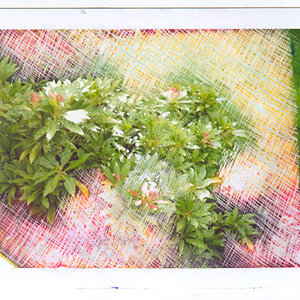
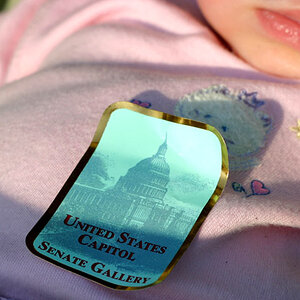
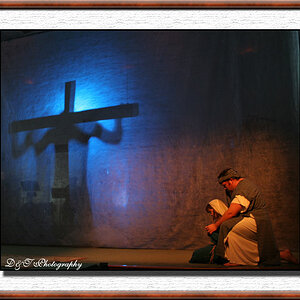
![[No title]](/data/xfmg/thumbnail/36/36660-bd2cdec38aac6e50675fa36657307cba.jpg?1619737675)
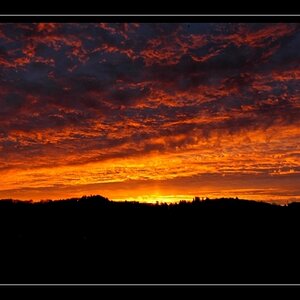
![[No title]](/data/xfmg/thumbnail/34/34345-5642c495cae8d6c7bb83c28664146cf1.jpg?1619736381)
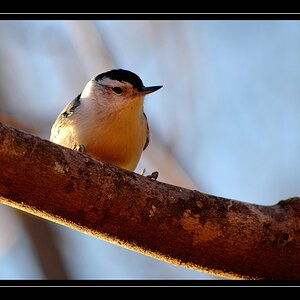
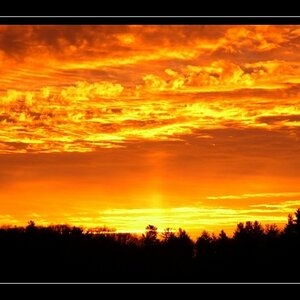
![[No title]](/data/xfmg/thumbnail/39/39444-02925f6d2859f4fda0e89f2001bfc9cd.jpg?1619739034)
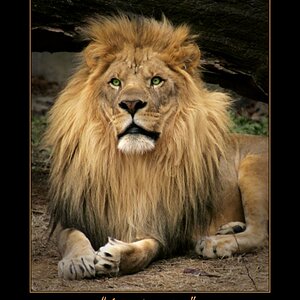
![[No title]](/data/xfmg/thumbnail/42/42328-c1143adda9734f7d05ce4361e79c27a7.jpg?1619740129)